Toys, Learning, and a Little Holiday Magic
When Tessa asked me if I wanted to do the blog on toys, there was a reason… I love toys.
I think many of us have a handful of career paths we could have chosen, and toy designer would have been one of mine. Granted, I don’t think I would’ve been very good at it without my background as a behavior analyst—but still, I love toys.
Choosing the right toy is a skill to be mastered. The right toy can turn a tough session around, make a so-so therapist look like a rockstar, or help a child shine with skills they’re just beginning to develop.
The challenge, of course, is that a blog about toys could easily turn into twenty blogs about toys. So, as we enter the holiday season (aka toy season!), I wanted to share some thoughts on how to choose toys that are meaningful, engaging, and supportive of your child’s growth.
Over the next few weeks, we’ll be sharing:
Curated toy lists based on different types of learners and interests
A breakdown of what those children were working on at the time
Tips on using the holiday season as a time rich with learning opportunities
Holidays can be hard, but they can also be magical. For our patients and their families, we know that every skill takes many learning opportunities, and the holidays are no exception. A little planning and preparation can go a long way in making the season meaningful for everyone.
So... How Do You Choose the Right Toy?
Let’s talk strategy. Because let’s be honest—whether it’s you, grandparents, or friends doing the shopping, toys are coming.
Here are a few guiding thoughts I share with families:
1. Ask Your Provider First
If your child is in treatment, check with your provider before buying.
You know your child best—no question—but your provider knows where your child’s program is headed and how quickly they’re progressing.
With ESDM (Early Start Denver Model), goals shift every 12 weeks, so what’s perfect now may change soon. Sometimes we want to rework joint activity routines (JARs) or introduce new elaborations. If we can collaborate on which toys come into your home, we can help make sure they support your child’s next set of goals.
ESDM is built around creating a high number of learning opportunities—and the right materials make all the difference.
2. Follow Your Child’s Hooks
Watch your kiddo. What draws them in?
(If you missed our earlier blog on “hooks,” give it a reread) https://www.springlingtherapy.com/blog/2025/9/16/finding-the-hook
Do they like to climb, watch things fall, or move constantly?
Are they into characters or sensory experiences?
Start with what already captures their attention (or hook), then build on it. Look for toys that grow with your child’s skills. And don’t skip the reviews—if it says “breaks easily,” believe it! Honor what they like – not what is popular.
3. Take Advantage of Curated Lists
One of the things I love that Springling does for our patients is curate personalized holiday lists.
These lists are mutually beneficial:
Families get a ready-made list of developmentally appropriate gift ideas to share with relatives.
Our team gets to work with materials that align with upcoming goals.
For example, if your child’s next set of goals includes a tricycle skill—guess what might show up on the list? 🚲
Over the next several days leading up to Thanksgiving, we’ll be sharing examples of these curated lists, along with:
The ESDM level the child was working in
Their hooks at the time
The thesis statement for that goal period (an overarching 12-week goal that ties everything together at Springling)
Wrapping It Up
Toys aren’t just for play, they’re tools for connection, learning, and joy.
As we head into the holidays, a little thoughtful selection can make your child’s playtime not only fun but truly meaningful.
So get ready for those wish lists, a few toy recommendations, and maybe a sprinkle of holiday magic along the way.
With gratitude, Carrie
